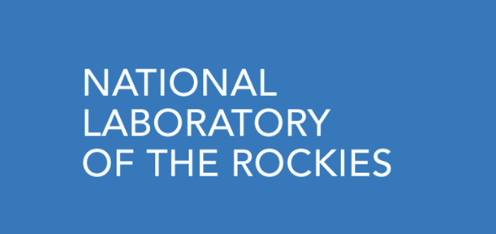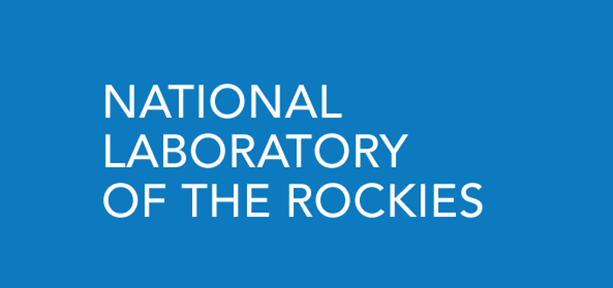Bioproduct Transition System Dynamics (BTSD)

Abstract:
The Bioproduct Transition Dynamics (BTD) model is a decision support tool developed to inform bioproduct industry stakeholders in making decisions that expand the market share of U.S. bioproducts. Industry stakeholders including developers in established firms and start-ups, investors, and government agencies, can use the BTD to evaluate their impact on the bioproducts industry and to identify scenarios that lead to successful bioproduct commercialization. Central to the BTD is the feedback between the R&D process and funding entities including venture capitalists, private companies, and government agencies. Key questions answerable using the BTD include, under what scenarios will direct replacement and performance-advantaged
bioproducts successfully pass through the development process and capture market share? Are there any factors that are essential to the success of a bioproduct? The BTD takes techno-economic data for either the first or nth commercial bioproduct plant as its key input, and includes a variety of quantitative and qualitative parameters that allow users to define scenarios around feedstock prices, the maturity of the bioproduct technology, the decision-making processes of other stakeholders, and more.
Model/Tool Platform:
Vensim DSS
General Modeling Type:
Dynamic (with feedbacks)
Primary analytical purpose:
Transitions:
Integrative scenario assessment of how supply chains or full market sectors transition overtime.
Secondary analytical purpose:
Cross-sector analysis:
Integrative scenario assessment of the interactions across parts of the supply chain or multiple market sectors.
Metric categories:
- Socio-economic:
- Techno-economic Impact
- Other Socio-economic (e.g., GDP impact, Investment/NPV)
Geospatial resolution:
National
Temporal resolution:
Months
Laboratory:
NLR - National Laboratory of the Rockies
Principal investigator:
Rebecca Hanes
Model start year:
2017
Model last updated:
2020
Development status:
In Development
Level of validation/review:
Internal QA/QC or Peer Review
Links:
(None specified)
Model scope:
Biomass Supply
Feedstock Logistics
Conversion
Distribution
End Use
- Feedstock Types
- Starch
- Sugar Crops
- Oil Crops
- Cover Crops and Hay
- Agricultural Residues
- Herbaceous Energy Crops
- Other Feedstock (not listed)
- Conversion Technology
- Starch to Sugars
- Lignocellulosic Biomass to Sugars
- Lignocellulosic Biomass to Gaseous Intermediate
- Lignocellulosic Biomass to Biocrude Intermediate (TC)
- Waste to Biocrude Intermediates (HTL)
- Waste to Gaseous Intermediate
- Biomass-Based Oil Extraction
- Syngas Catalytic Upgrading
- Sugar Catalytic Upgrading
- Oil Catalytic Upgrading
- Sugar Biological Upgrading
- Syngas Biological Upgrading
- Alcohol Catalytic (e.g., ethanol or isobutanol to jet)
- Algae to Sugars
- Algal Oil
- Algae to Biocrude Intermediate (HTL)
- HEFA
- Other
- Products/Process Outputs
- Bioproducts
1
2
3
4
Analytical Purpose
Supply Chain Elements
Biomass Supply
Feedstock Logistics
Conversion
Distribution
End Use
Information last updated: Sep. 17, 2019 13:45:46 EDT
